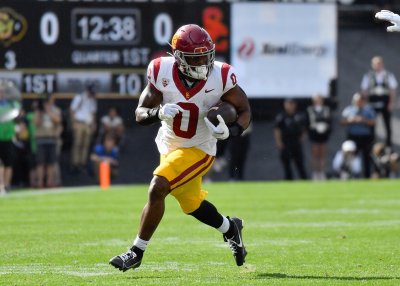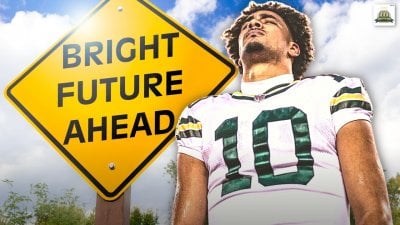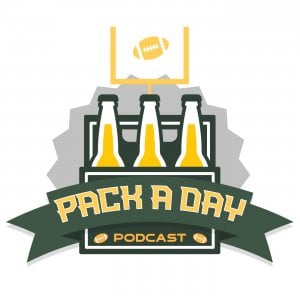Sobering Realities Regarding Head Injuries
When I was in Cleveland last week, my sister and I agreed that one of the best things about football is the physicality of the game. There’s just nothing quite like the sound of pads colliding, that pop that rings out as a player tries to impose his will on an opponent. No one can dispute that Atari Bigby’s punishing hits on Seattle’s receivers were highlights in the 2007 divisional playoff game. They were thrilling, and we watched them again and again. But reality sinks in when, in extolling the rush that comes with a particularly hard hit, we have to add a caveat: “so long as it’s clean and no one gets hurt.”
By admin
When I was in Cleveland last week, my sister and I agreed that one of the best things about football is the physicality of the game. There’s just nothing quite like the sound of pads colliding, that pop that rings out as a player tries to impose his will on an opponent. No one can dispute that Atari Bigby’s punishing hits on Seattle’s receivers were highlights in the 2007 divisional playoff game. They were thrilling, and we watched them again and again. But reality sinks in when, in extolling the rush that comes with a particularly hard hit, we have to add a caveat: “so long as it’s clean and no one gets hurt.”
Concussions have been a known problem with physical sports like football for decades, but the last few months have brought a glut of scientific and personal revelations about head injuries in the NFL and how those punishing hits on players have debilitating consequences once they leave the field (the last is a must-read). The news has been so damning on the subject of head injuries (45-year-old men with brains resembling 80-year-olds with dementia) that active and former players are coming forward in larger numbers to shed light and point fingers. In addition to dozens of former players, three active players, including C Matt Birk (BAL), LB Lofa Tatupu (SEA), and WR Sean Morey (ARI), have agreed to donate their brains for concussion research, saying that players need to know more about the long-term risks of hiding concussions from coaches and medical staff.
Last week, NFL Commissioner Roger Goodell was called before Congress to answer for the league’s policy regarding concussions. At the hearing, Goodell defended the NFL, refusing to acknowledge a connection between head injuries on the football field and later brain diseases. Still, he admitted (as did NFL Players Association leader DeMaurice Smith) that the league can do more for its players, past and present. In late 2007, as part of an overhaul of its policies regarding concussions, the NFL instituted a telephone hotline to report instances when a player with a head injury is being forced to practice or play against medical advice. But here’s the rub – active players don’t like tattling, and they like being labeled as “concussion-prone” even less.
If you haven’t read about it yet, you need to take the time to read ex-Packer Matt Bowen’s personal account on the subject at NFP. Bowen talks about how players fail “concussion tests” on purpose at the beginning of the season, in order to disguise the severity of any head trauma suffered during a big game. Per Bowen, players do this because of fear for their job:
Coaches can judge your toughness when a trainer says you have a grade-3 knee sprain, yet you’re still on the field making plays. But a trainer can’t judge a headache. So you play, and you hit, and you hit again for 60-plus plays if you’re a starter. And if you’re a special teamer, 20-plus plays at full speed — with a 50-yard head start.
Some players, Tiki Barber included, argue that love of the game, not the money involved, makes it worth the risk. Some lawmakers believe that any potential regulations or interference by Congress would kill the sport as we know it. Are “awareness” and “education” enough? Football wouldn’t be the same to me without those hard hits, but it’s a little harder to find joy in the collision after being faced with the harsh reality that comes with it.











Comments (3)
November 03, 2009 at 11:08 am
As an addendum to the subject, this Gladwell NYer piece from a couple weeks ago has some pretty fascinating (and damning) stuff as well: http://www.newyorker.com/reporting/2009/10/19/091019fa_fact_gladwell
(My apologies if any of the articles above link to it . . .I didn't read them all.)
holly
November 03, 2009 at 11:17 am
Great catch, Jason, thanks for drawing attention to another excellent feature piece.
coreyb
November 03, 2009 at 11:18 pm
Nice work. I attempted to sort out some stuff after I read the NyTimes article about it and then I read this and I'm like. wow.